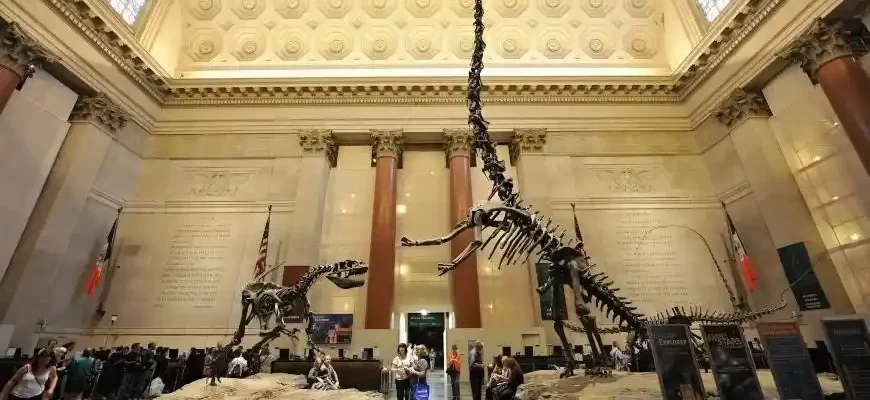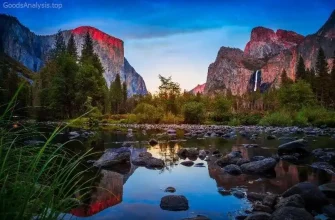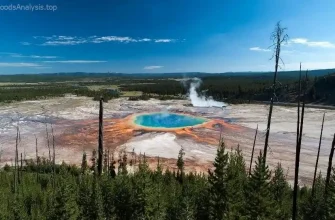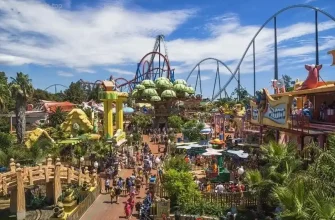The National Museum of Natural History in Washington, D.C., is a world-renowned institution, housing some of the most fascinating collections of natural wonders, ranging from ancient fossils to contemporary ecosystems. Located on the National Mall and part of the Smithsonian Institution, this museum offers an extraordinary exploration of the natural world, inviting visitors of all ages to discover the science of life on Earth. Here’s a comprehensive travel guide to help you plan your visit to this iconic destination.
1. What Makes the National Museum of Natural History Special?
This museum is special for several reasons. As one of the most visited museums in the world, it’s a treasure trove of natural history, combining awe-inspiring exhibits, scientific discovery, and cutting-edge research. Key highlights include:
- The Hope Diamond: Perhaps the most famous exhibit, this 45.52-carat blue diamond is a sight to behold. It’s housed in the Hall of Geology, Gems, and Minerals and draws crowds from all over the world.
- The Dinosaur Hall: With life-size dinosaur skeletons, including the iconic Tyrannosaurus rex, the Dinosaur Hall is a must-see for visitors of all ages. It showcases prehistoric life with impressive displays of fossils, some dating back over 65 million years.
- The Hall of Human Origins: Explore the story of human evolution through an interactive and immersive exhibit that traces the development of humanity from ancient ancestors to modern-day humans. This exhibit highlights key archaeological finds that shaped our understanding of human history.
- The Insect Zoo: A favorite among families, this interactive exhibit gives visitors a close-up look at live insects, showcasing the diversity of the insect world.
- The Ocean Hall: A breathtaking exhibit with a massive replica of a blue whale, this hall delves into the mysteries of the ocean, from the life forms that call it home to the environmental challenges that threaten it.
- The Butterfly Pavilion: A seasonal, living exhibit featuring hundreds of butterflies, providing a unique, colorful, and immersive experience as butterflies flutter around you.
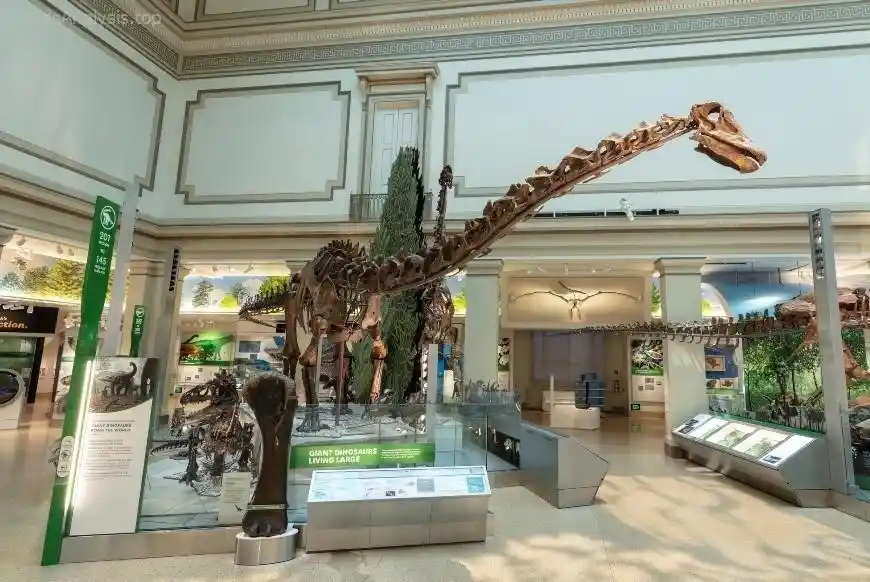
These are just a few of the iconic attractions, but the museum also features thousands of specimens and exhibits dedicated to mineralogy, paleontology, zoology, and cultural artifacts.
2. Visitor Tips & Practical Information
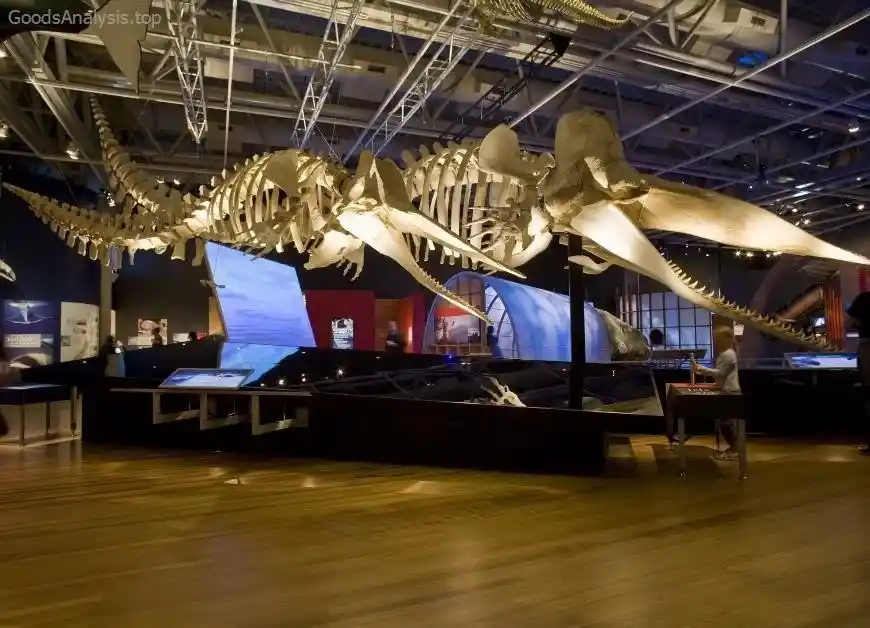
- Opening Hours: The museum is typically open from 10:00 AM to 5:30 PM, seven days a week, except for major holidays like Christmas and New Year’s Day.
- Admission: Admission is free, making it an ideal destination for travelers on a budget. However, special exhibits or events may have a separate fee, so check the website for the latest information.
- Best Time to Visit: To avoid crowds, try visiting in the early morning or late afternoon during weekdays, especially if you’re visiting in the summer or around holidays. Weekends tend to be busier, and school vacations can increase foot traffic as well.
- Accessibility: The museum is fully accessible to visitors with disabilities, with ramps, elevators, and wheelchairs available for use. The museum’s website also provides information on accessible tours and services for people with disabilities.
- Food & Restrooms: There are several dining options inside the museum, including a café and a small food court offering snacks, drinks, and light meals. There are also restrooms conveniently located throughout the museum.
3. History and Cultural Significance
The National Museum of Natural History was established in 1910, and it serves as one of the most prestigious museums in the world. It is part of the Smithsonian Institution, a group of museums and research institutions that aims to advance knowledge and promote public education.

This museum has played a key role in scientific discovery and preservation. Over the years, it has accumulated a vast collection of specimens, some of which were discovered through Smithsonian-sponsored expeditions. The museum has also been the backdrop for numerous research projects that have advanced our understanding of the Earth’s biodiversity and geological history.
One significant cultural contribution of the museum is its educational mission. Through both permanent and temporary exhibits, it provides a platform for scientific inquiry and conservation efforts. It is a place where science and history come to life for visitors, young and old alike.
4. What to Expect When You Visit the National Museum of Natural History
A visit to the National Museum of Natural History is an experience that combines education with awe. Upon entering, the museum’s vastness becomes immediately apparent. The museum is organized into various themed halls, each dedicated to different aspects of the natural world. You’ll find stunning dioramas of wildlife, models of prehistoric animals, and collections of minerals that sparkle under the museum’s light.
The ambiance of the museum is both grand and serene, with high ceilings and wide open spaces that allow visitors to take in the scope of the exhibits. Expect to spend a few hours exploring, as there is so much to see and do. Interactive exhibits, like the Insect Zoo and the Hall of Human Origins, offer opportunities to engage directly with the displays.
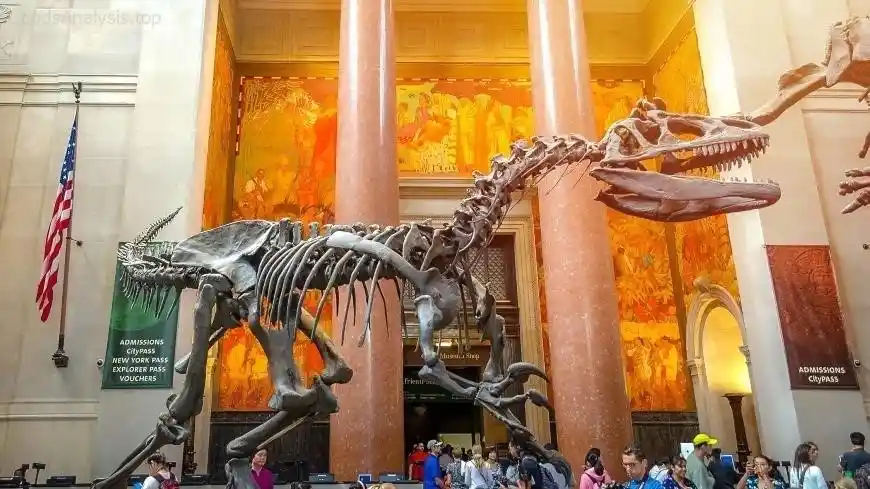
The atmosphere is family-friendly, with plenty of hands-on exhibits that keep younger visitors entertained, while the extensive collections also captivate adults with a deeper interest in natural history.
5. Nearby Attractions and Dining Options
The National Museum of Natural History is situated on the National Mall, which places it in proximity to many of Washington, D.C.’s other notable landmarks.
- Smithsonian Castle: Just a short walk away, the Smithsonian Castle offers an introduction to the Smithsonian Institution and serves as a great starting point for your visit to the National Mall.
- National Museum of American History: Another major Smithsonian museum, this one offers an in-depth look at American culture, from the First Ladies’ gowns to the original Star-Spangled Banner.
- Washington Monument: One of D.C.’s most iconic landmarks, the Washington Monument is located nearby and offers stunning views of the city from the top.
- The U.S. Capitol Building: At the eastern end of the National Mall, the Capitol is a must-see landmark and the heart of American democracy.
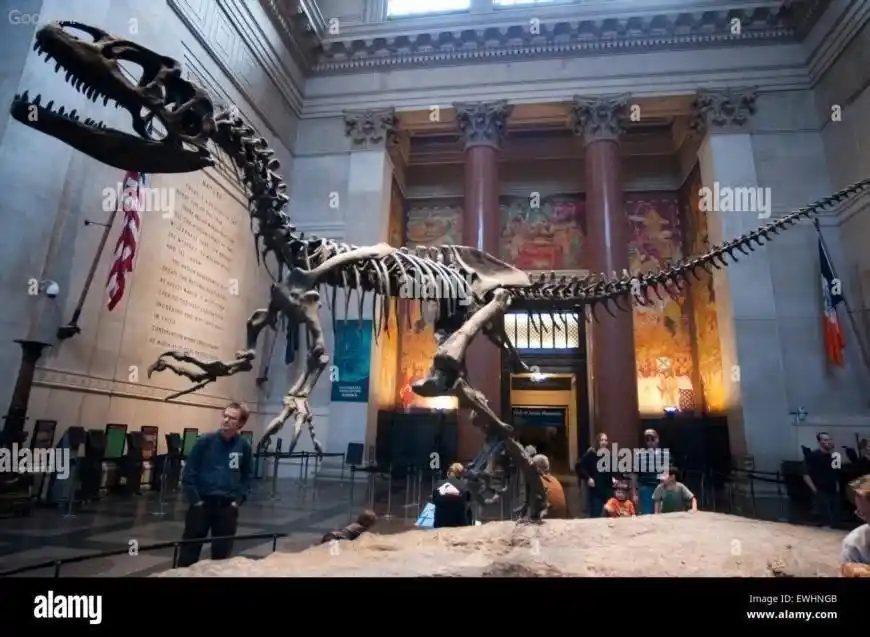
For dining options, there are several great spots near the museum:
- The Hamilton: A classic American restaurant offering a diverse menu in an elegant setting. It’s within walking distance and popular with both locals and tourists.
- Old Ebbitt Grill: Just a short walk from the museum, this historic seafood restaurant offers a variety of American dishes and is known for its oysters.
- Smithsonian Cafeteria: Inside the museum, you’ll find a casual dining area that serves light fare, including sandwiches, salads, and coffee.
6. Family-Friendly and Group Travel Tips
The National Museum of Natural History is perfect for families and groups, offering interactive and engaging experiences for all ages. Families with children will love the Insect Zoo, where kids can see live insects up close. The museum also provides educational programs and special family tours that focus on hands-on learning.

For larger groups, it’s a good idea to plan ahead. While the museum is spacious, it can become crowded, especially during peak hours, so consider booking a guided tour or setting up a group visit in advance. You can also split into smaller groups to explore different sections of the museum at your own pace.
7. Instagrammable Moments and Photo Opportunities
The National Museum of Natural History is filled with photogenic moments, so be sure to bring your camera or smartphone! Some top Instagrammable spots include:
- The Hope Diamond: Its deep blue color and sparkle make it one of the most photographed items in the museum.
- The Dinosaur Skeletons: The massive T. rex is not only a jaw-dropping exhibit but also a perfect backdrop for a powerful shot.
- The Ocean Hall: The replica of the blue whale is truly awe-inspiring and makes for an incredible photo op.
- The Butterfly Pavilion: The colorful butterflies provide a whimsical, natural setting perfect for sharing on social media.
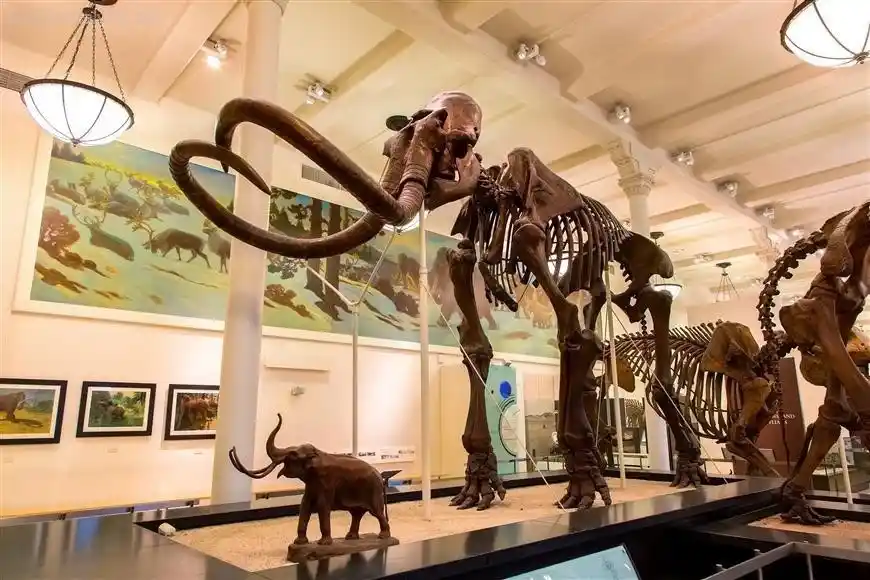
8. Travel Tips and Transportation
Getting to the National Museum of Natural History is easy due to its central location on the National Mall. Here are the best ways to reach the museum:
- Metro: The Smithsonian Metro Station (Blue, Orange, and Silver lines) is just a short walk away. It’s one of the most convenient ways to access the museum.
- Bus: Several DC bus lines also stop near the museum, including the D.C. Circulator.
- Walking: The museum is within walking distance of many major attractions on the National Mall, including the Lincoln Memorial and the Washington Monument.

For visitors who drive, parking can be limited and expensive, so public transportation or walking are recommended.
9. Safety and Etiquette Tips
- Stay Respectful: The museum is a place of education and discovery, so be mindful of others. Keep noise levels to a minimum and refrain from touching exhibits unless they are designated as interactive.
- Safety: Washington, D.C., is generally safe, but as with any major city, keep an eye on your belongings, especially in crowded areas. The museum has security screenings at all entrances, so be prepared for bag checks.
- Photography Etiquette: Photography is allowed in most areas of the museum, but flash photography and tripods are prohibited. Always respect signage and any guidelines provided by the museum.
10. Funny Facts and Incidents
Over the years, the museum has had its fair share of fascinating stories. One notable case involves the Hope Diamond. According to legend, the diamond is cursed, bringing misfortune to its owners. While this may not be scientifically verified, it certainly adds to the allure and mystique surrounding the gem!

